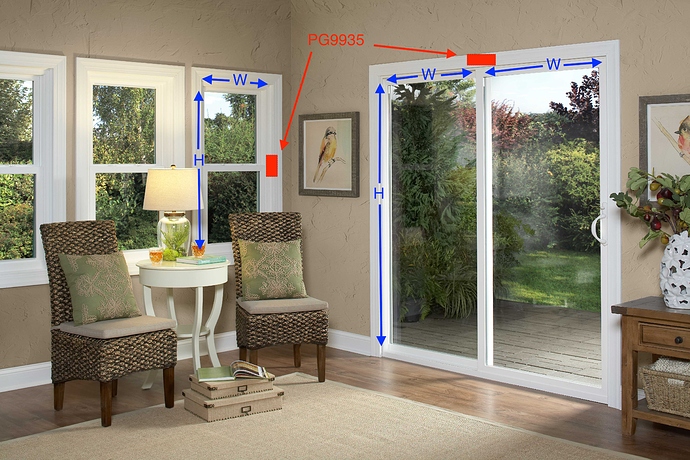We do recommend the Qolsys IQ Panel 2+ as it offers 4G LTE, Z-Wave plus, a DSC PowerG radio along with built in broadband.
There are a few different models of the IQ Panel 2+. The version on our storefront includes a 319.5MHz radio for communication with Legacy Qolsys and GE brand wireless sensors as well as Qolsys S-Line encrypted sensors and includes a 4G LTE module on the Verizon network.
However, we also offer a version that has a 345MHz radio instead, for communication with 2GIG and Honeywell sensors (instead of the 319.5Mhz radio). A 4G LTE module on the Verizon network is also included.
When using this version, you would not need to replace 345MHz wireless sensors and it will work with the 2GIG TAKE-345 for hardwired takeover (assuming thats what you are currently using)
i would like to add shock sensors to the window and doors
The PowerG Shock Sensor works with the IQ Panel 2+ if you go that route.
, it seems encryption is the main benefit of switching to qolsys?
Encryption is a a big difference. Also the use of PowerG sensors (encrypted and offer a much longer ranger of communication)
how common is defeat of security systems by signal jamming? are there other considerations?
While it is rare and takes special equipment to do, it is possible to spoof transmitter ids of standard legacy sensors
Encrypted sensors are objectively more secure than unencrypted sensors, and Power G sensors are objectively more secure than S-Line with their added frequency hopping.
Power G sensors utilize encrypted, multichannel, frequency hopping spread spectrum RF. They represent the gold standard for wireless security.
are there other considerations?
IQP2+ also offers video to the panel with some Alarm.com cameras, including the SkyBell.
The panel is objectively more user friendly when it comes to navigation and programming as well.
